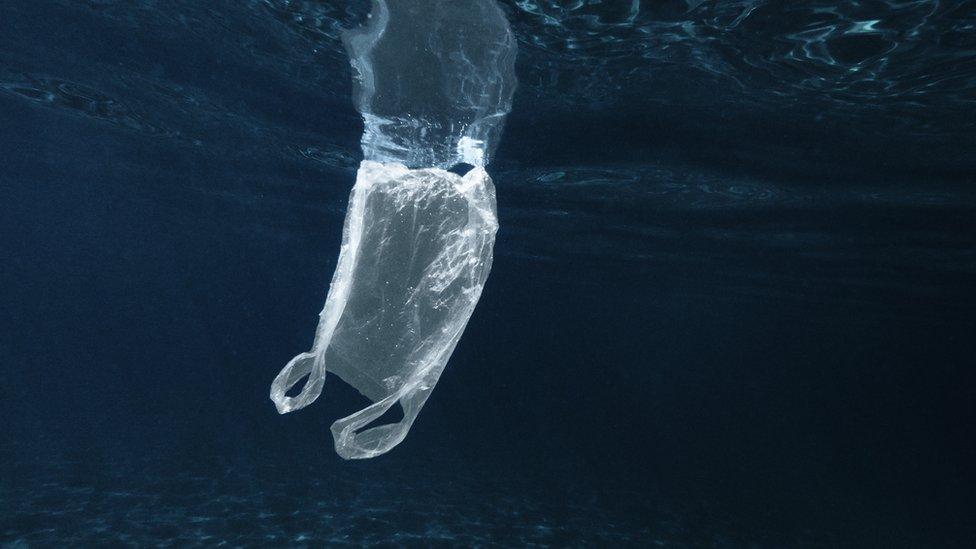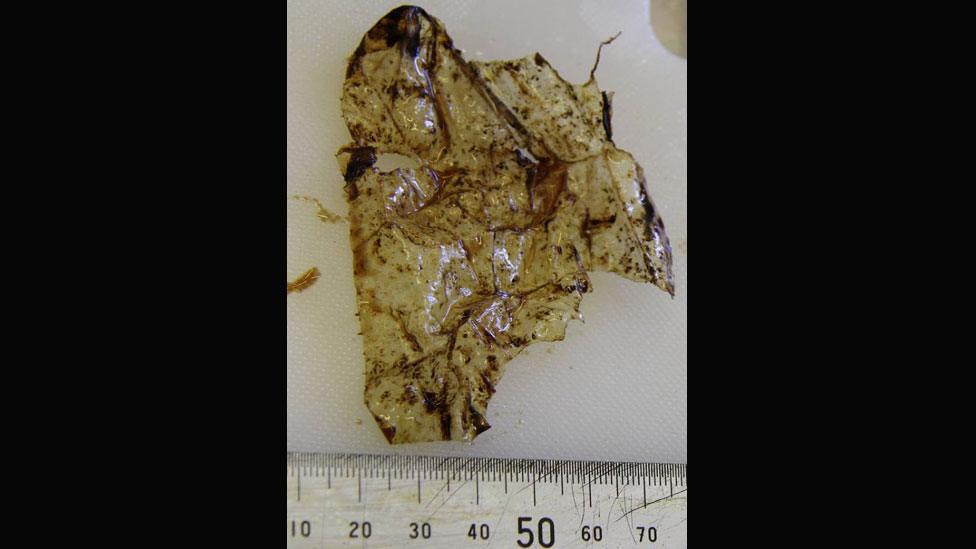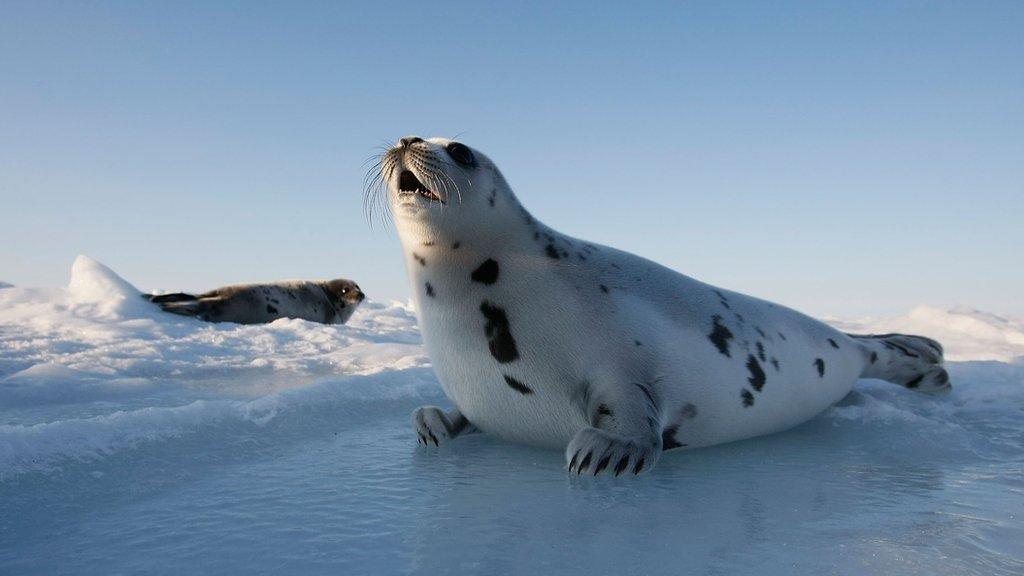Space agency backs Scottish marine plastics study
- Published

Researchers hope satellites with thermal imaging cameras could be used to detect plastic pollution
A team of Highlands-based scientists are helping to develop a new way of spotting marine plastic pollution from space.
The waste has been detected using satellites before, but the researchers said this work had to be carried out in daylight.
The new study looks at how thermal imaging cameras could be used to find the pollution at day or night.
Tests using drones are to be held in the sea around Thurso in Caithness.
Researchers at North Highland College UHI's Environmental Research Institute in Thurso, part of the University of the Highlands and Islands, have received more than £100,000 from the European Space Agency to conduct the 18-month project.
The tests in Caithness, using drones fitted with thermal imaging cameras, will be run in summer and winter conditions as well as by day and night.
Scientists at the University of the Aegean in Greece are supporting the study by trialling the technique in a different climate.
Dr Lonneke Goddijn-Murphy, a research fellow at the Thurso institute, said: "While satellites have been used to detect marine plastic before, this has relied on optical measures which require daylight.
"Using thermal imaging to record plastic pollution from space is a novel idea which excited the European Space Agency.
"The concept is based on the idea that plastic can emit different levels of thermal radiation than the water surface."

The piece of plastic found stuck inside part of the seal's stomach
Plastic pollution can range in size from lost large fishing nets to shopping bags and tiny fragments. It poses a threat to marine wildlife, including fish, mammals and birds.
In 2018, scientists said a small piece of plastic may have played a part in the death of a young harp seal found washed up on Skye.
The harp seal is an Arctic animal and a rare visitor to Scotland.
The 6cm square fragment of plastic was found during a necropsy carried out at the Scottish Marine Animal Stranding Scheme's Inverness lab.
It had been stuck for some time in a part of the animal's stomach which empties into the intestines.

A stag on the Isle of Rum with fishing gear tangled in its antlers
Red deer stags on the Isle of Rum have also become tangled in lost fishing gear while foraging on shorelines on Rum, and in 2017 some of the world's deepest living sea creatures had been found to have eaten microscopic pieces of plastic waste.
Researchers at the Scottish Association for Marine Science in Oban sampled starfish and snails from the Rockall Trough off the Western Isles.
Tiny pieces of plastic were found in 48% of the sample animals that live more than 2,000m (6,561.8ft) down.
- Published31 May 2018

- Published23 May 2018

- Published7 May 2020
